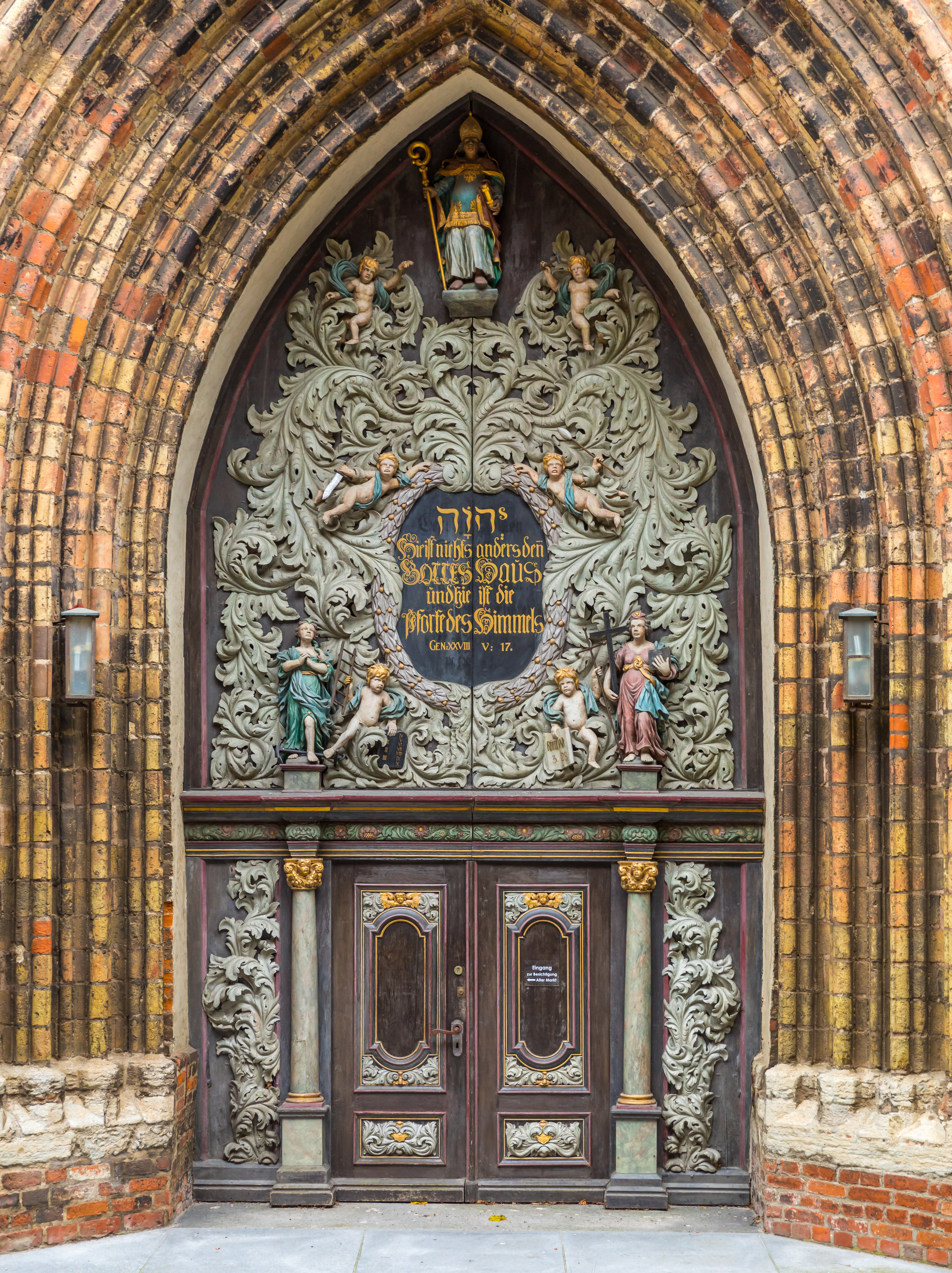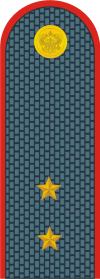|
Yury Novoselsky
Yury Vladimirovich Novoselsky (; 17 August 1895 – 10 December 1975) was a Red Army ''general-leytenant'' who held corps and divisional commands during World War II. After being captured as a junior officer during World War I, Novoselsky returned to fight in the Russian Civil War. He rose through command positions in the interwar Red Army and led the 86th Motor Rifle Division during the Winter War. When Germany invaded the Soviet Union, Novoselsky was in command of the 2nd Mechanized Corps, destroyed in the Battle of Uman. He escaped from encirclement and ended the war as a rifle corps commander. Novoselsky continued to hold senior positions until his retirement. Early life, World War I and Russian Civil War Yury Vladimirovich Novoselsky was born on 17 August 1895 in Moscow. He graduated from the six-year 2nd Moscow Realschule in 1914. During World War I, he was mobilized into the army in May 1915 and sent to the Preobrazhensky Life Guards Regiment at Petrograd. After graduati ... [...More Info...] [...Related Items...] OR: [Wikipedia] [Google] [Baidu] |
Moscow
Moscow is the Capital city, capital and List of cities and towns in Russia by population, largest city of Russia, standing on the Moskva (river), Moskva River in Central Russia. It has a population estimated at over 13 million residents within the city limits, over 19.1 million residents in the urban area, and over 21.5 million residents in Moscow metropolitan area, its metropolitan area. The city covers an area of , while the urban area covers , and the metropolitan area covers over . Moscow is among the world's List of largest cities, largest cities, being the List of European cities by population within city limits, most populous city entirely in Europe, the largest List of urban areas in Europe, urban and List of metropolitan areas in Europe, metropolitan area in Europe, and the largest city by land area on the European continent. First documented in 1147, Moscow became the capital of the Grand Principality of Moscow, which led the unification of the Russian lan ... [...More Info...] [...Related Items...] OR: [Wikipedia] [Google] [Baidu] |
Order Of Lenin
The Order of Lenin (, ) was an award named after Vladimir Lenin, the leader of the October Revolution. It was established by the Central Executive Committee on 6 April 1930. The order was the highest civilian decoration bestowed by the Soviet Union. The order was awarded to: * Civilians for outstanding services rendered to the State * Members of the armed forces for exemplary service * Those who promoted friendship and cooperation between people and in strengthening peace * Those with meritorious services to the Soviet state and society From 1944 to 1957, before the institution of specific length of service medals, the Order of Lenin was also used to reward 25 years of conspicuous military service. Those who were awarded the titles "Hero of the Soviet Union" and "Hero of Socialist Labour" were also given the order as part of the award. It was also bestowed on cities, companies, factories, regions, military units, and ships. Various educational institutions and military units w ... [...More Info...] [...Related Items...] OR: [Wikipedia] [Google] [Baidu] |
Torgau
Torgau () is a town on the banks of the Elbe in northwestern Saxony, Germany. It is the capital of the district Nordsachsen. Outside Germany, the town is best known as where on 25 April 1945, the United States and Soviet Armies first met near the end of World War II. History The settlement goes back to a Slavonic settlement named Turguo in the shire of Neletici. There was presumably a wooden Slavonic castle located on the site of the present-day Hartenfels castle. In the 10th century it fell under the rule of the Holy Roman Empire, and a stone castle was built, around which the settlement congregated. A market is attested in 1119. The town was located on the important trade route, the Via Regia Lusatiae inferioris, between Leipzig and Frankfurt an der Oder that crossed the river Elbe at a ford east of Torgau. Torgau belonged to the duchy of Saxe-Wittenberg, which in 1356 was raised to be the Electorate of Saxony. After the last Ascanian duke died without issue in 1423, ... [...More Info...] [...Related Items...] OR: [Wikipedia] [Google] [Baidu] |
Stralsund
Stralsund (; Swedish language, Swedish: ''Strålsund''), officially the Hanseatic League, Hanseatic City of Stralsund (German language, German: ''Hansestadt Stralsund''), is the fifth-largest city in the northeastern German federal state of Mecklenburg-Western Pomerania after Rostock, Schwerin, Neubrandenburg and Greifswald, and the second-largest city in the Pomeranian part of the state. It is located on the southern coast of the Strelasund, a Sound (geography), sound of the Baltic Sea separating the island of Rügen from the Pomeranian mainland.''Britannica Online Encyclopedia'', "Stralsund" (city), 2007, webpageEB-Stralsund The Strelasund Crossing with its two bridges and several ferry services connects Stralsund with Rügen, the largest island of Germany and Pomerania. The Western Pomeranian city is the seat of the Vorpommern-Rügen district and, together with Greifswald, Stralsund forms one of four high-level List of cities in Mecklenburg-Vorpommern, urban centres of the region ... [...More Info...] [...Related Items...] OR: [Wikipedia] [Google] [Baidu] |
Podporuchik
''Podporuchik'' ( sh-Cyrl-Latn, потпоручник, potporučnik, , , , , ) is the most junior officer in some Slavic armed forces, and is placed below the rank of lieutenant, typically corresponding to rank of second lieutenant in English-speaking countries. Russia and Russian imperial armed forces The rank was introduced first by Peter the Great in 1703 as an officer rank of the so-called ober-officer rank group. It belonged to rank class XIII (infantry), class XII (artillery, and engineer troops), and class X (guards) until 1884. In line with the military reforms in 1884, became in peace time. However, in the guards and the cossacks armed forces Cornet and Chorąży remained the lowest officer rank. The equivalent to was Michman in the Imperial Russian Navy, and governmental secretary () in the civil administration. Poland In Poland, the rank of (; abbreviated "ppor.") is the lowest officer rank used within the Polish Army.Marian Laprus (ed.)Leksykon wiedzy woj ... [...More Info...] [...Related Items...] OR: [Wikipedia] [Google] [Baidu] |
55th Infantry Division (Russian Empire)
The 55th Infantry Division (, ''55-ya Pekhotnaya Diviziya'') was an infantry formation of the Russian Imperial Army The Imperial Russian Army () was the army of the Russian Empire, active from 1721 until the Russian Revolution of 1917. It was organized into a standing army and a state militia. The standing army consisted of Regular army, regular troops and .... Organization *1st Brigade **217th Infantry Regiment **218th Infantry Regiment *2nd Brigade **219th Infantry Regiment **220th Infantry Regiment *55th Artillery Brigade Commanders Chiefs of Staff References {{Russian Empire Divisions Infantry divisions of the Russian Empire ... [...More Info...] [...Related Items...] OR: [Wikipedia] [Google] [Baidu] |
Western Front (Russian Empire)
The Western Front () was an army group in the armed forces of the Russian Empire during the First World War. It was established in August 1915 when the Northwestern Front was split into the Northern Front and Western Front, and was disbanded in 1918. From the time of its formation until the final year of its existence, the Western Front's field headquarters was in Smolensk, but it was later moved to Minsk Minsk (, ; , ) is the capital and largest city of Belarus, located on the Svislach (Berezina), Svislach and the now subterranean Nyamiha, Niamiha rivers. As the capital, Minsk has a special administrative status in Belarus and is the administra .... Composition * Field Headquarters *[...More Info...] [...Related Items...] OR: [Wikipedia] [Google] [Baidu] |
Praporshchik
(, , ) is a rank used by the Russian Armed Forces and a number of former communist states. The rank is a non-commissioned officer's and is equivalent to in the corresponding navies. It is usually equivalent to warrant officer class 1 or sergeant major in English-speaking armies. Within NATO forces, the rank is rated as OR-7 or OR-8. Russia is a rank in the Russian military, also used in other uniformed services of the Russian government such as the police. It was a junior officer rank in Imperial Russia, but was abolished following the Russian Revolution. In 1940, the rank was restored as a separate career group between non-commissioned officers and officers. Imperial Russia was originally an Oberoffizer rank, as first introduced in Streltsy New Regiments. The name originates from Slavonic ''prapor'' (прапор), meaning flag; the ''praporshchik'' was a flag-bearer in Kievan Rus troops. In the New Regiments of the Streltsy and the "new army" of Peter the Great, '' ... [...More Info...] [...Related Items...] OR: [Wikipedia] [Google] [Baidu] |



